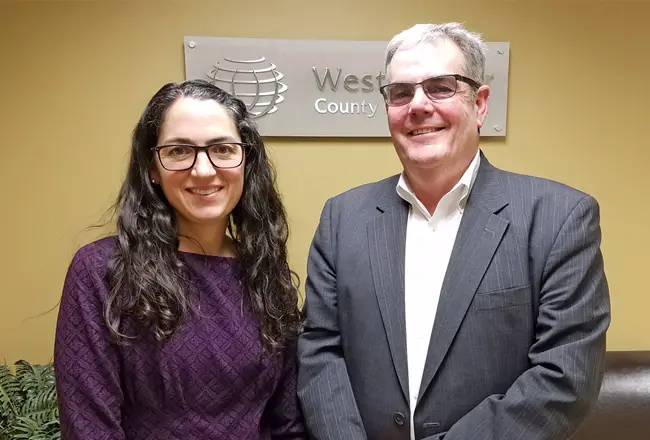Westchester County Association, Pace team up for land use ‘playbook’
As real estate developers eye projects such as mixed-use apartment buildings across Westchester County, it”™s important that municipal zoning keeps up.
That”™s at least part of the thinking behind the new “Land Use Development Playbook,” a collaboration between the Westchester County Association and Pace University”™s Land Use Law Center. The book is expected to be published this spring. The idea is to help Westchester”™s local governments improve the rules and systems that guide their zoning and land use approval processes.
“There”™s a lot of disconnect currently between planning and zoning and the market,” said Jessica A. Bacher, executive director of the Land Use Law Center. “This is to bring those closer together and take the time to evaluate those trends in conjunction with planning and zoning.”

Bacher said those trends include “interest in mixed-use development, opportunities near transit, opportunities for live-work space, the need for affordable housing in our region and the reuse of office parks.”
The playbook would offer strategies that could adjust to those trends in the market, while also considering community feedback, helping the municipal tax base and promoting employment and affordability.
Municipalities throughout the county have already rethought planning and zoning in some cases to attract development. New Rochelle has a number of large-scale apartment and retail projects under construction in its downtown as part of a master plan that calls for attracting $4 billion in investments around the city’s downtown Transit Center.
The town of Harrison opened up zoning around its Interstate 287 corridor and brought in apartment developers, medical offices, a Life Time fitness and a Wegmans grocery store to an area once solely focused on office parks.
Port Chester is both considering proposals to hire a master developer and rezoning parts of its downtown.
But the team behind the playbook emphasizes that there is no single plan that could apply to the diverse range of Westchester locales.
“Because Westchester is 43 separate municipalities, there”™s a wide range of skills and resources in their various planning departments,” said William V. Cuddy, executive vice president at CBRE Group Inc. in Stamford and chair of the Westchester County Association Smart Growth Initiative. “What we”™re addressing via the playbook will be how to best leverage the available planning resources.”
The playbook provides, as described by Bacher, a way for communities to consider, “where are the assets and the opportunities for development?”
To help guide that process, the book will include guides on how to streamline review and approval processes. The focus, Bacher said, is on the “tools that municipalities can use to design how they develop and control the process involved. Rather than being responsive, they can be proactive.”
That includes examples of best practices and examples of municipalities that have had success in streamlining zoning and review processes.
The Westchester County Association will work with the Pace Land Use Law Center over the next few months to finalize the book. It will be released by the association at its annual real estate summit on May 22.
The book builds on work the Westchester County Association”™s Real Estate and Housing Task Force, which has reached out to a mix of real estate professionals, government officials, bankers, brokers, consultants and planners.
Its recommendations will be promoted with the proverbial carrot. The association plans to give yearly recognition awards to municipalities that best act on the playbook’s guidance.
Cuddy described the book as the first of its kind in the county.
“There has not been a centralized documented resource that provides cutting-edge techniques and methodologies for good planning, zoning and project implementation,” he said. “So, we hope to raise the bar by sharing and promoting these best practices.”